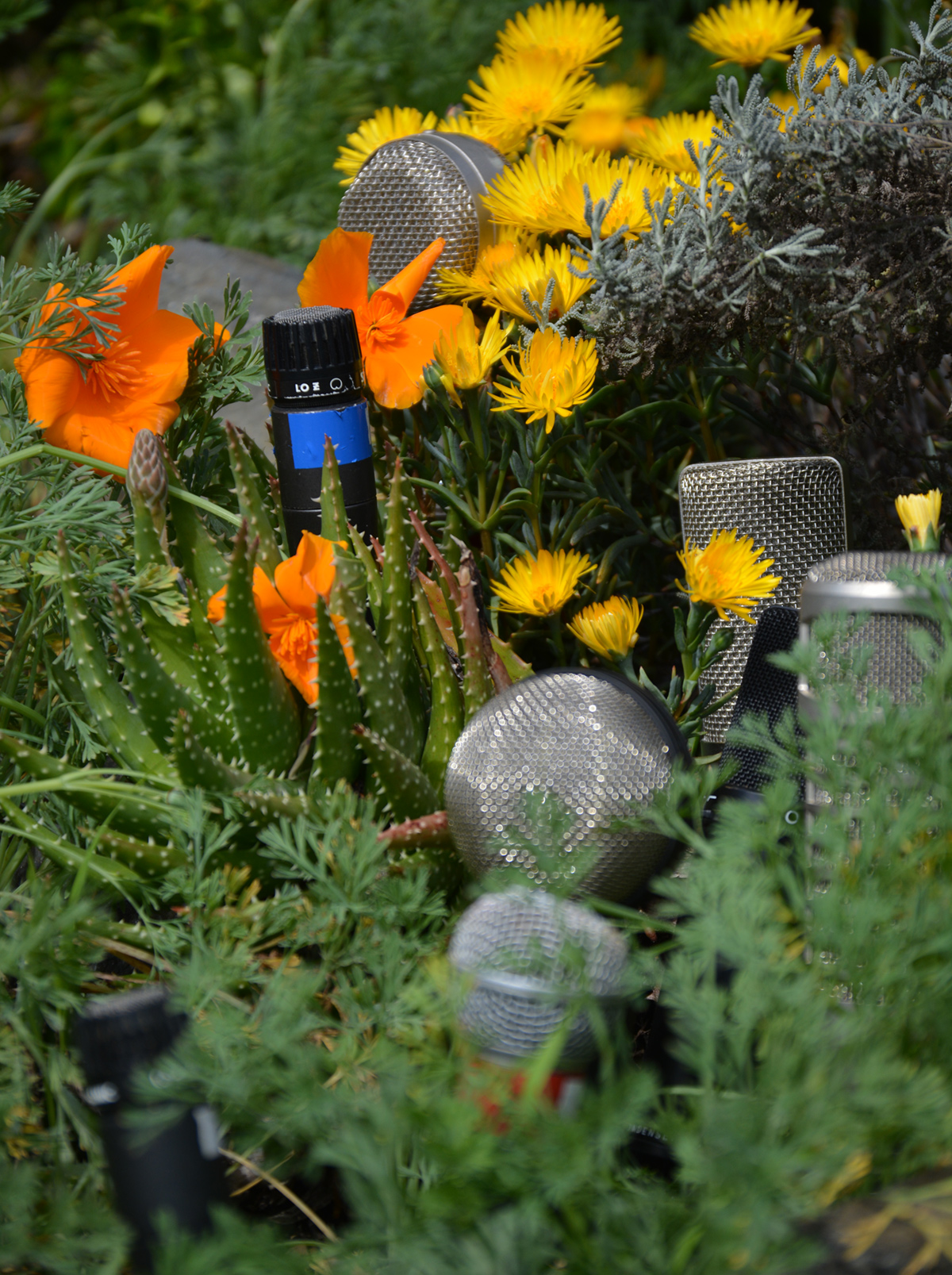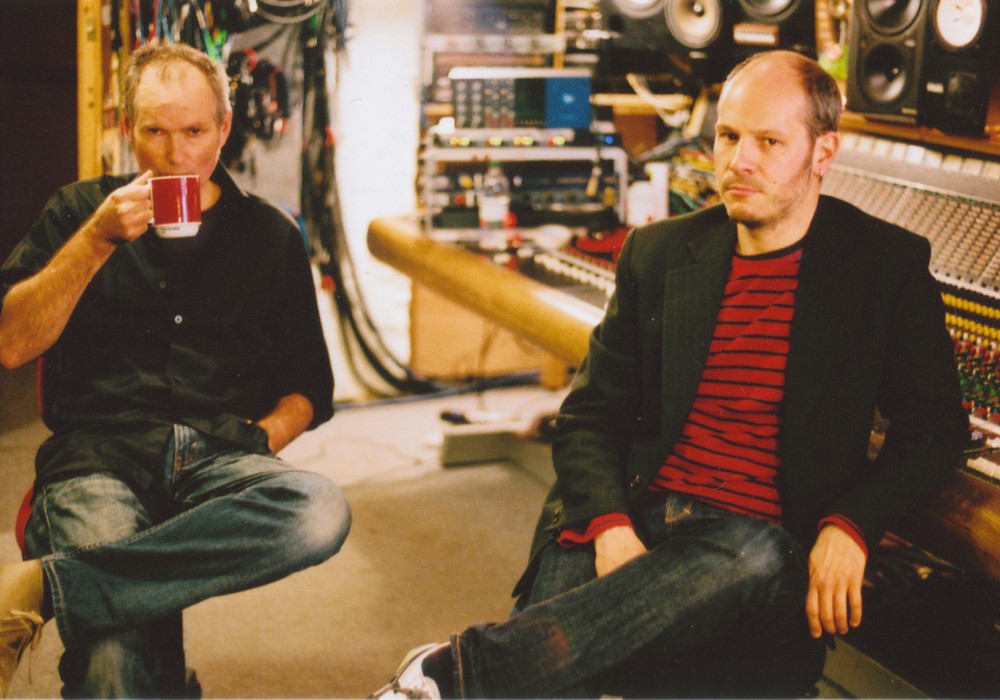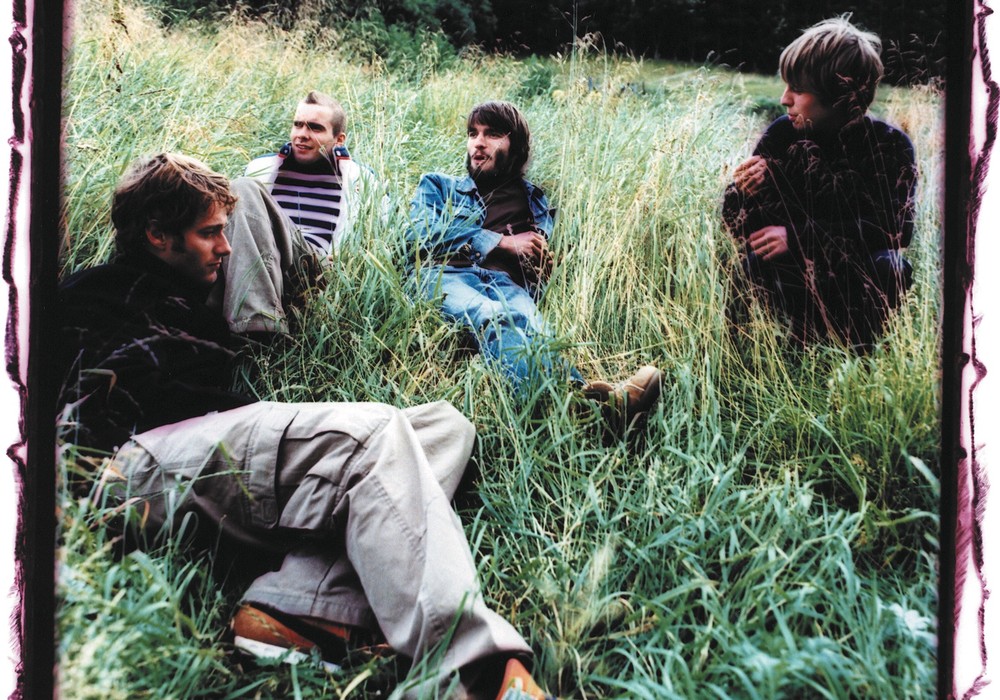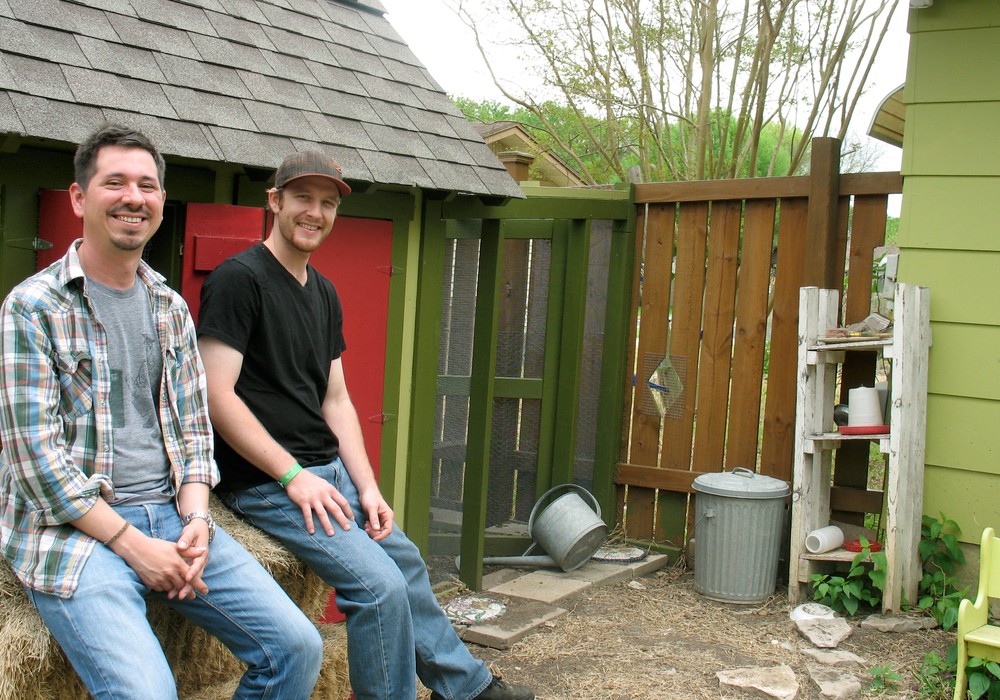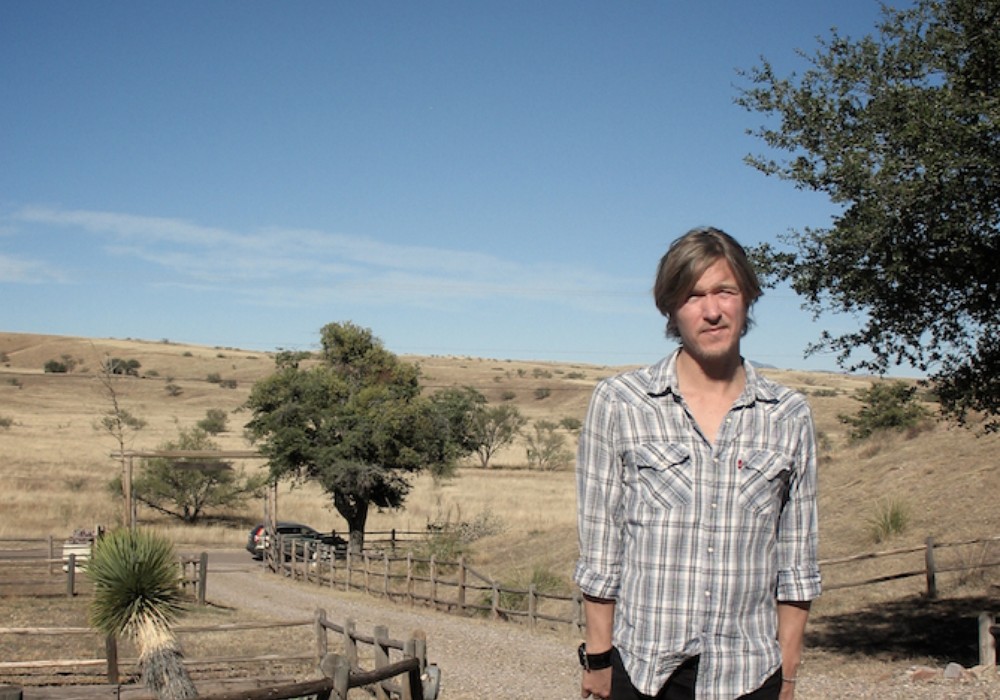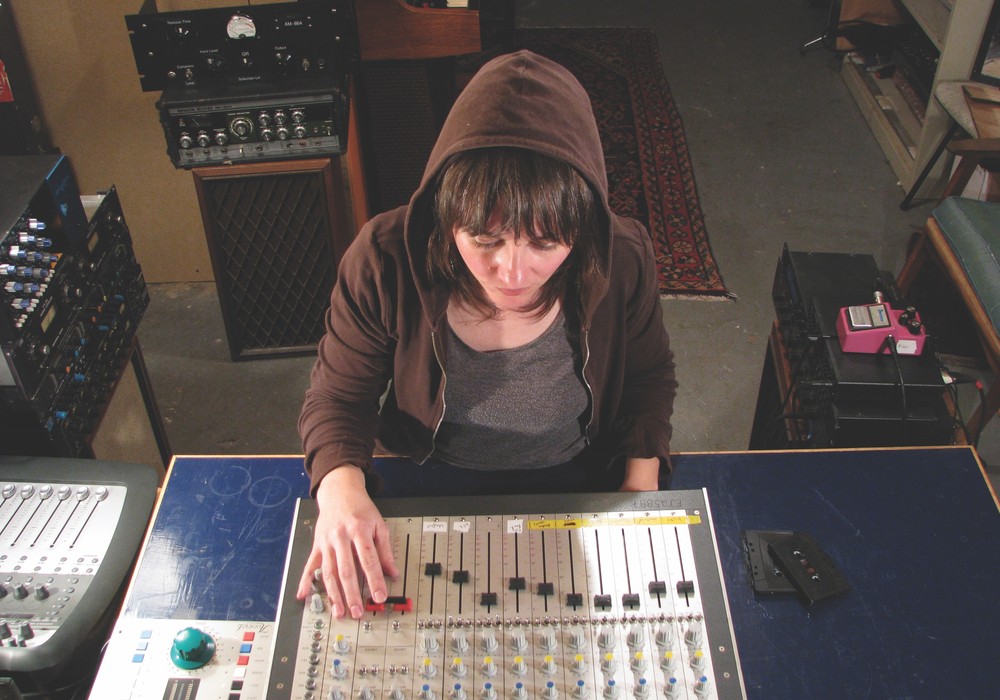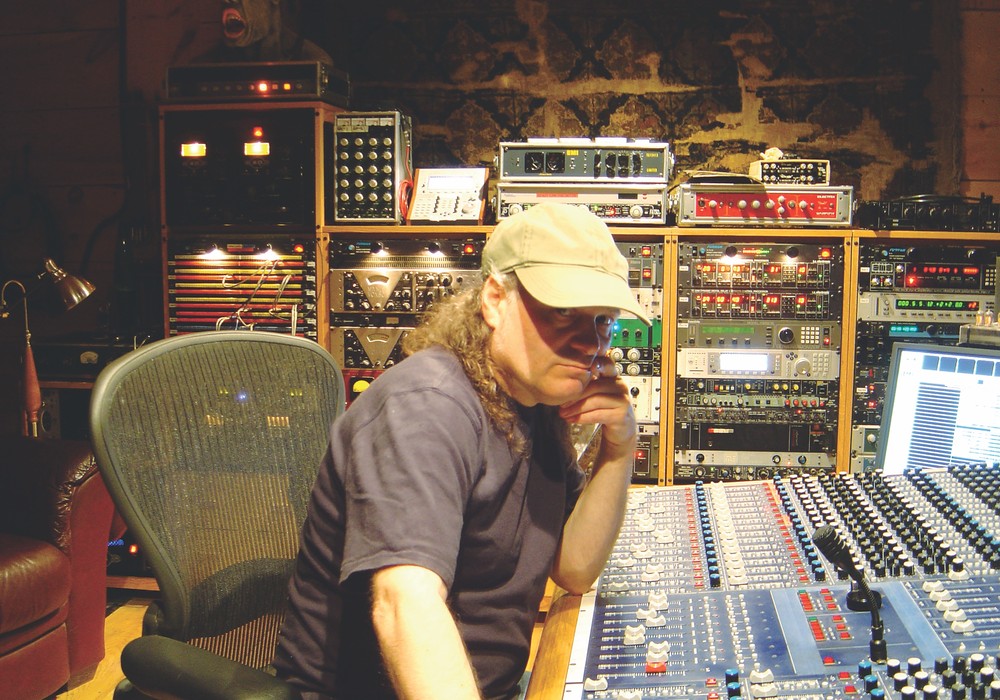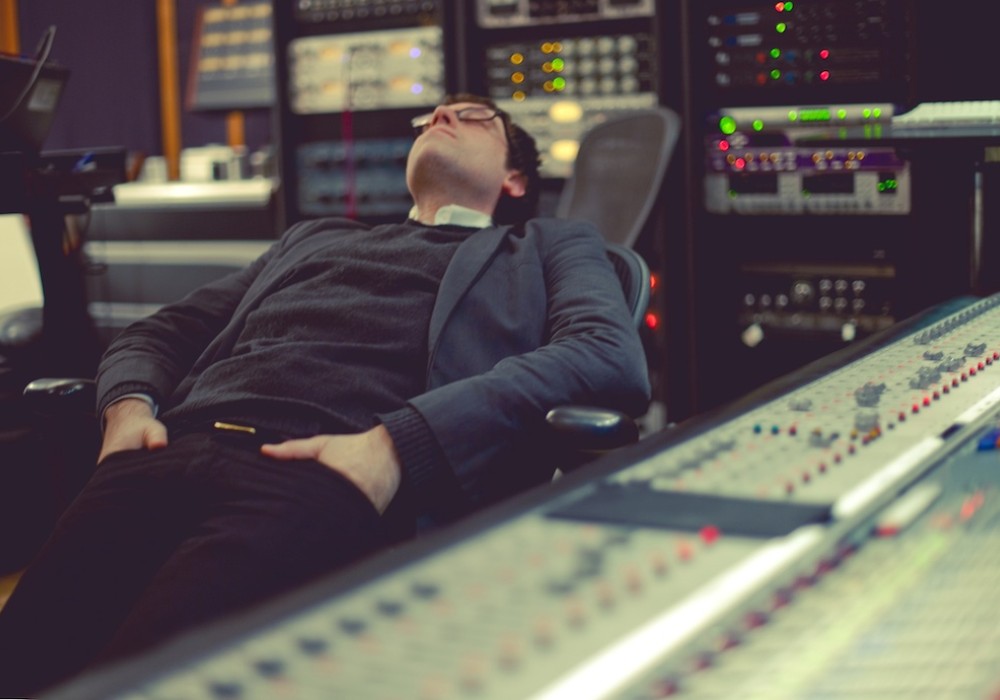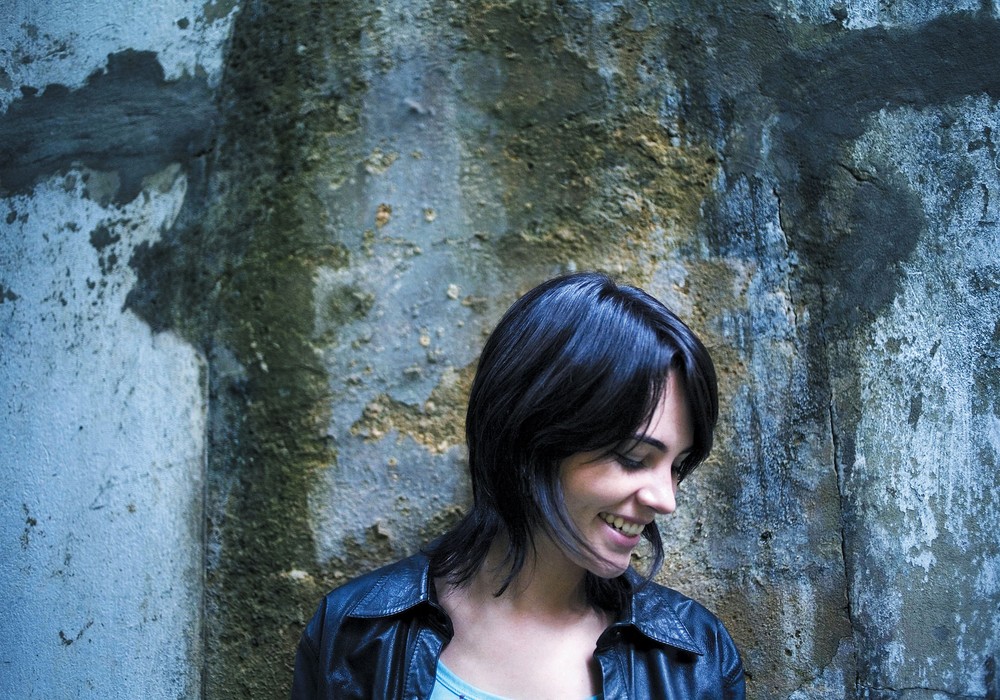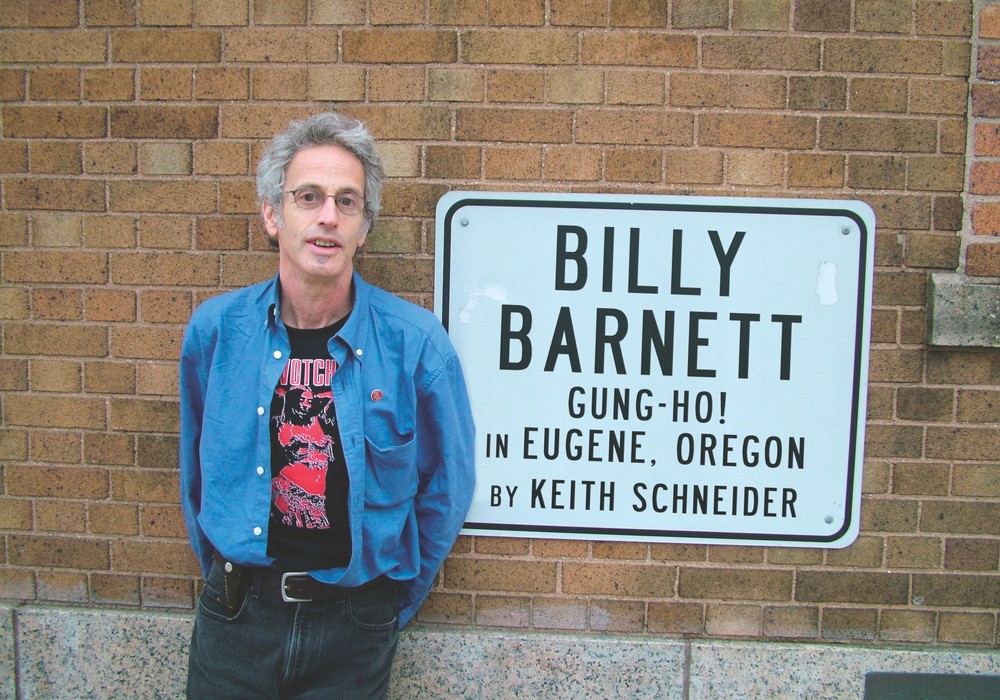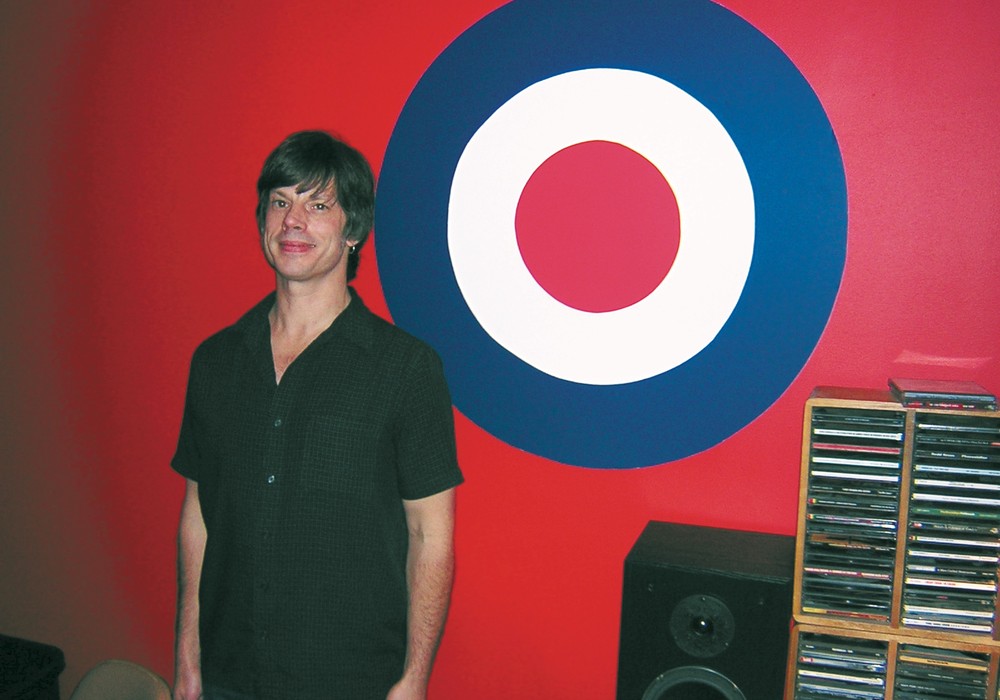In 2001, Alistair Chant's band, Actual Size, were signed by Gut Records and used money from their record deal to build a recording studio in Bristol, UK, which would eventually become Toybox Studios. In 2003, Ali began engineering and producing full time and Toybox started to become a popular local recording studio. Along the way Ali's worked with Gruff Rhys, KT Tunstall, Euros Childs, Rokia Traore, Yann Tiersen, Giant Sand, M. Ward, Seasick Steve, She & Him, PJ Harvey, Mark Ronson, and The Kills plus producers like Flood, Jim Abbiss, Mark Ronson, John Parish, Ben Hillier, John Cornfield, Hugh Padgham Michael H Brauer, and Tim Friese-Greene.
Why don't you give me a bit of a history of the studio. How did it start?
I was in a band when I was at university, and that band went through various lineups, personnel changes, and musical directions, but the upshot of it was that we ended up in a situation where we were looking to just get a kind of permanent rehearsal space.
How did you find the building?
I was literally just walking down the street, and I saw a "Rooms to Let" sign outside this old Georgian building, on a square that I knew from when I first came to Bristol. It was kind of between where I was living and the center of town. I popped in, saw the landlord, and explained that I was playing music and that I wanted somewhere that my band could leave its equipment set up and have a bit more flexibility. It was simply the practicality of not wanting to have to go to practice rooms, pay 30 quid for a three-hour spot, have to pack all our gear away, and then waste all of that time. He showed me a couple of rooms and said, "Oh, I don't know if any of these are going to suit you if you're playing drums and making noise." I think I was literally walking out the door, when he just said, "But there is the basement!" It's a massive building, across five floors. He took me down to the basement, which was completely empty, and he said, "Well, you could just use one of the rooms down here." We had to build a door, because there was a little bit of noise leaking up through the lift shaft which runs the whole length of the building, so we put a little doorway in, and then we just set up our practice room. I seem to remember spending most of a whole summer down there.
How did it move from a band practice room to a studio? Was it a gradual process?
I'm not really sure how it got into recording exactly. I think it happened over a period of time. The band wanted to record demos, and it was just a sort of natural progression that we have a little recording setup of some sort. Mixed in with that, prior to this I had been working as a post-production editor after I graduated, so I'd learned Pro Tools at university, sort of primarily on the job that I'd had for a couple of years running up to this point. Once I'd finished that job, I was kind of just concentrating on music over that year, really. I was on the dole. I took my final paycheck from that job, and I'd managed to scrape up enough cash to buy an Apple Mac and a little Digi 001, which was sort of an entry-level Pro Tools interface that had come out at that point.
Right.
I kind of bypassed the whole 4-track thing, I have to say. I did have experience with 4-tracks and stuff, but I didn't really get into it. I'm slightly ashamed to say that computers were the things that got me on this whole path, and they've also been what I have been doing at times, as well. With my last paycheck at that job, I managed to get enough cash to buy a little Mac, a little interface, and some microphones, and then the band was set up down there. We'd kind of get into this rhythm of writing and recording simultaneously rather than just jamming in a room, smoking a load of joints, and then going to play a show the following week, which was kind of how it had been up to that point. It became more like, "Ooh, we could experiment with this, or try samples." It was sort of a natural evolution of the writing process of that band.
So do you think the studio really affected the sound of Actual Size?
Yeah, very much. We were still based around a live setup of drums, guitar, keyboards, and a singer.
When we met, and you asked me to produce a track for Actual...
The rest of this article is only available with a Basic or Premium subscription, or by purchasing back issue #112. For an upcoming year's free subscription, and our current issue on PDF...
Or Learn More
